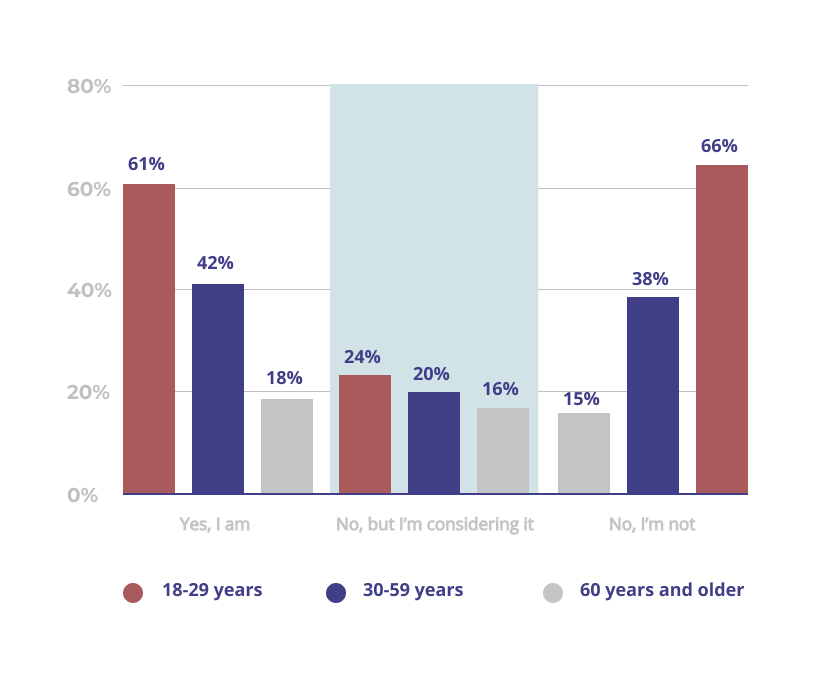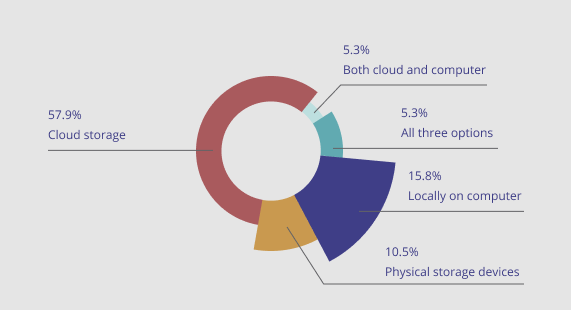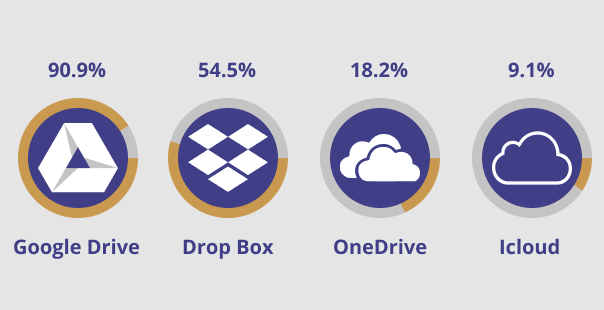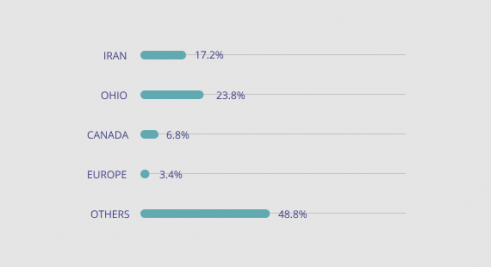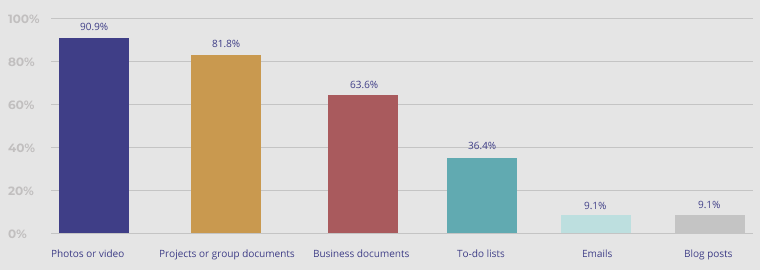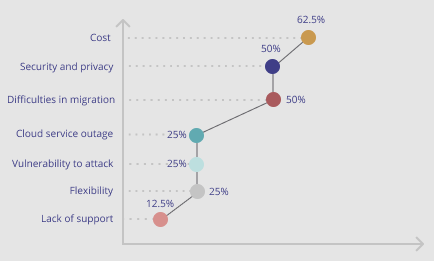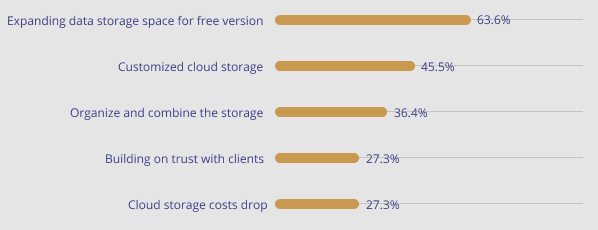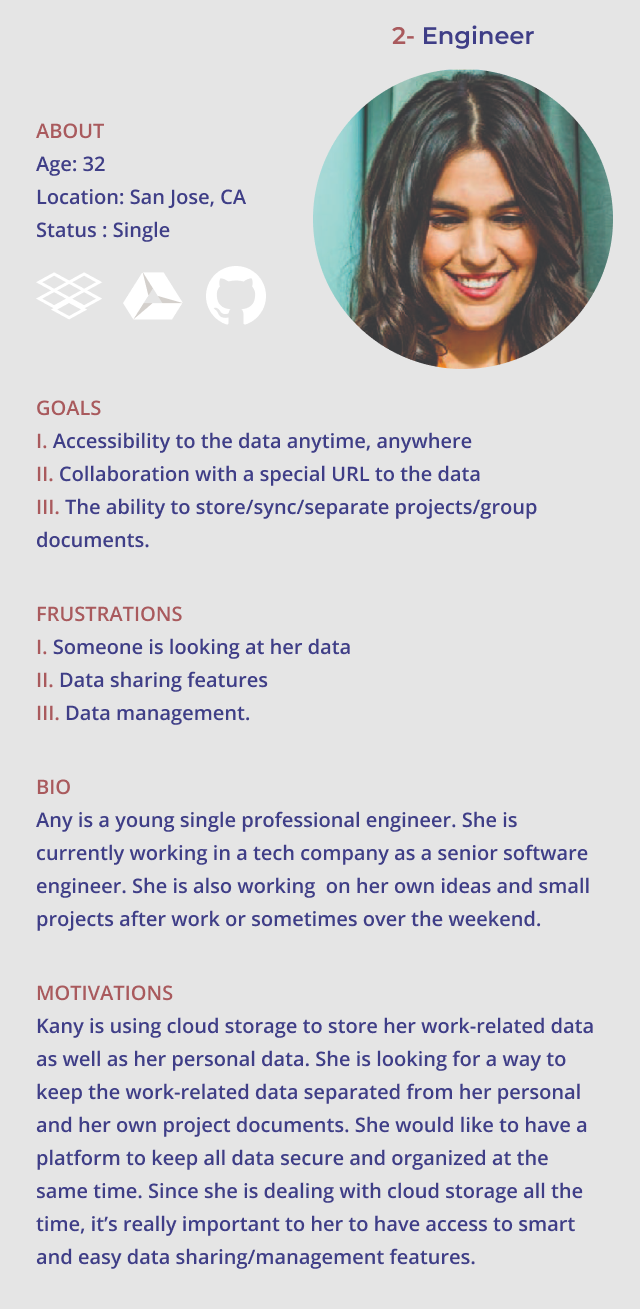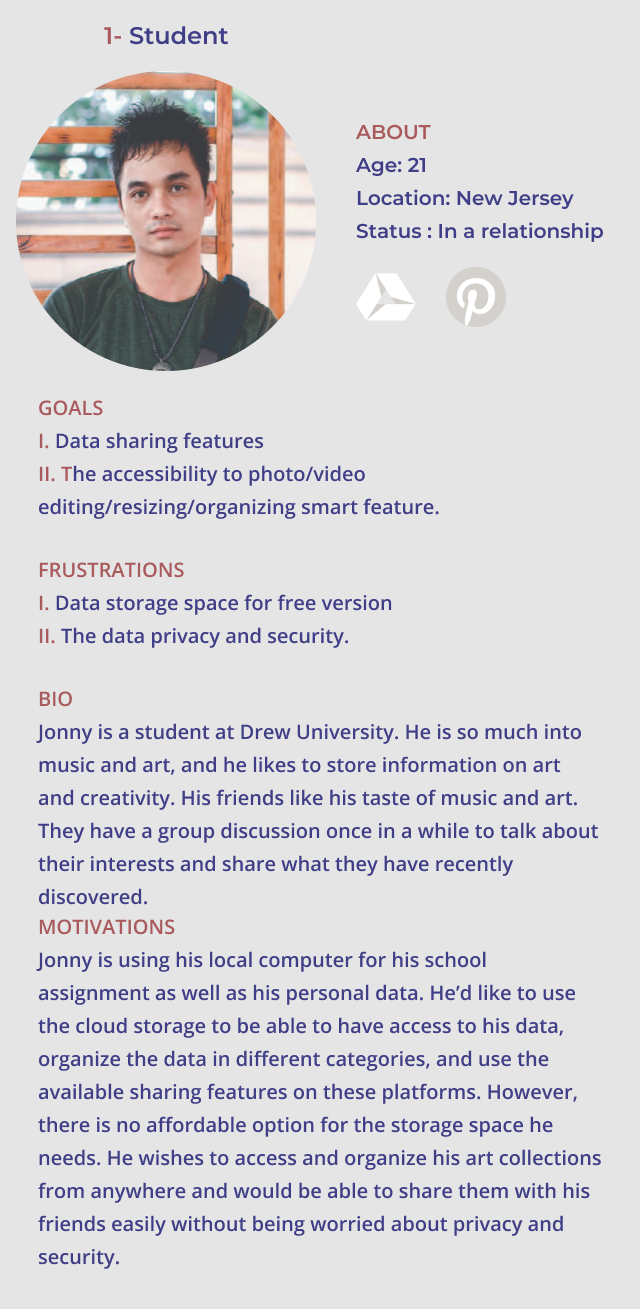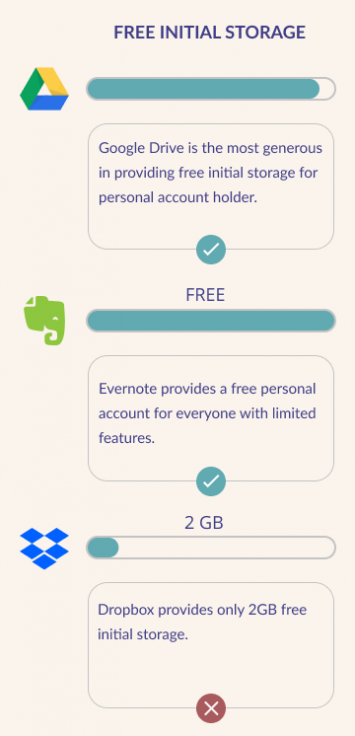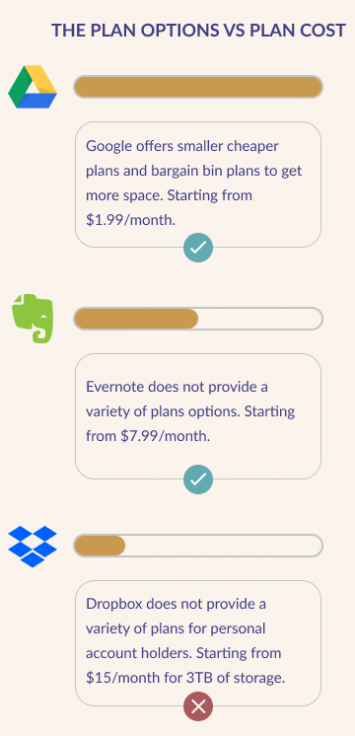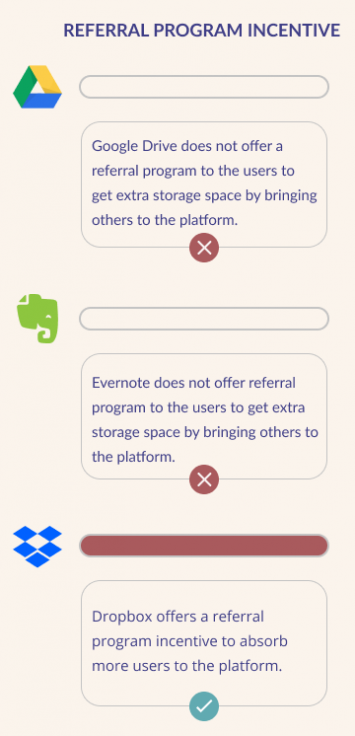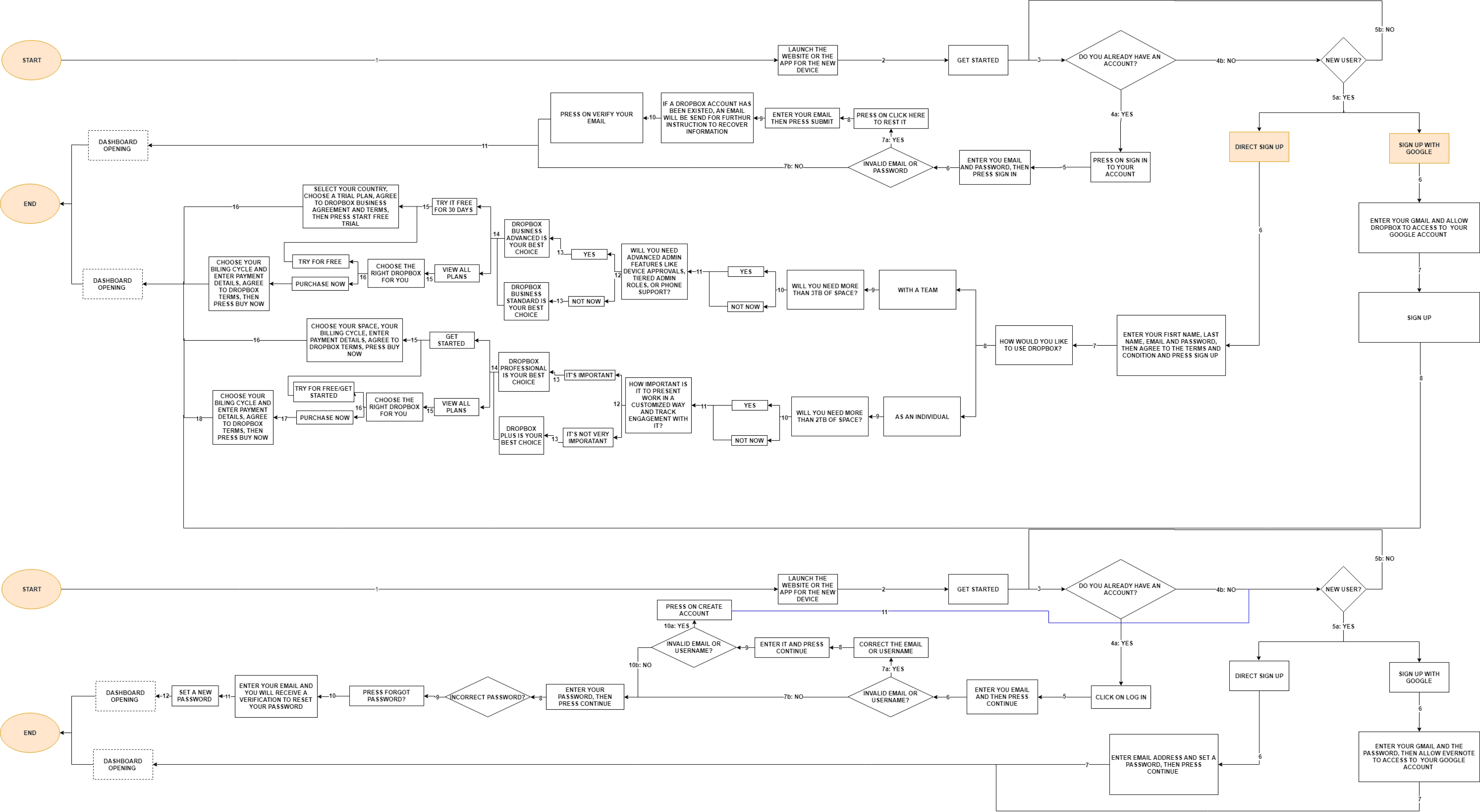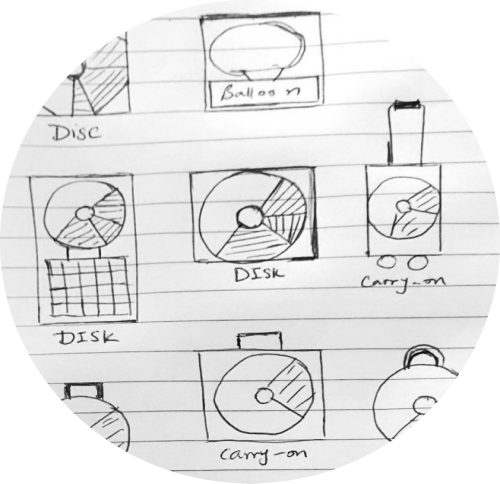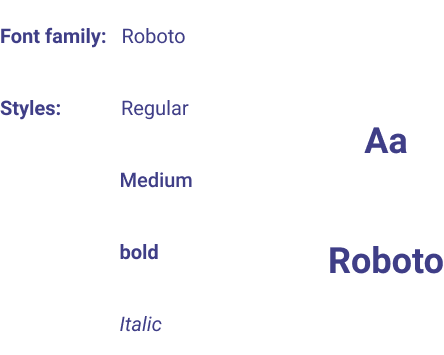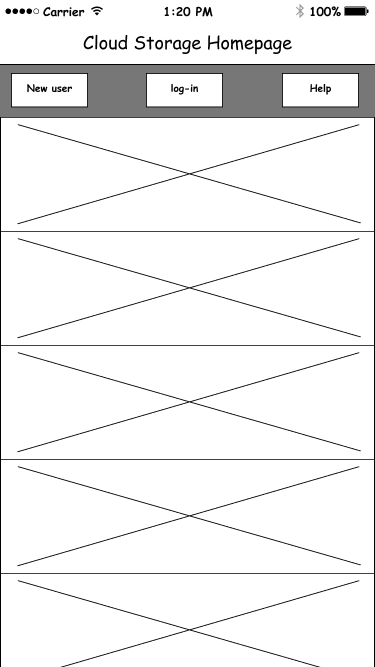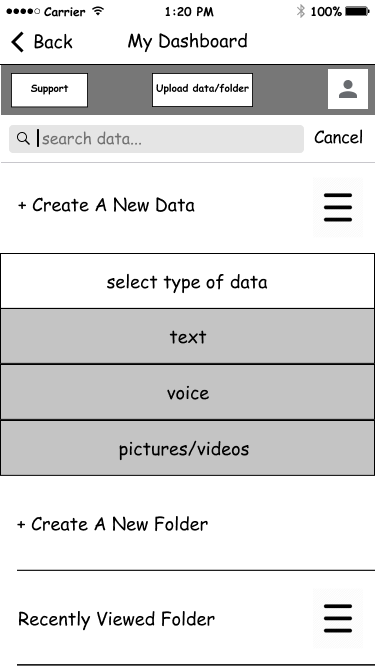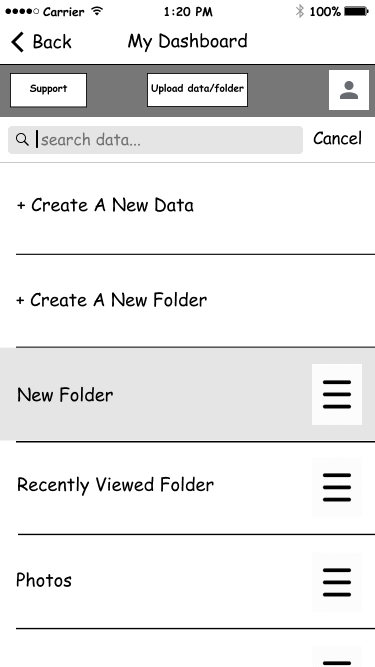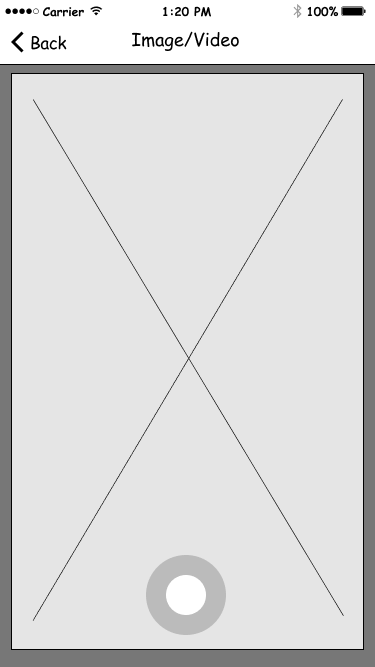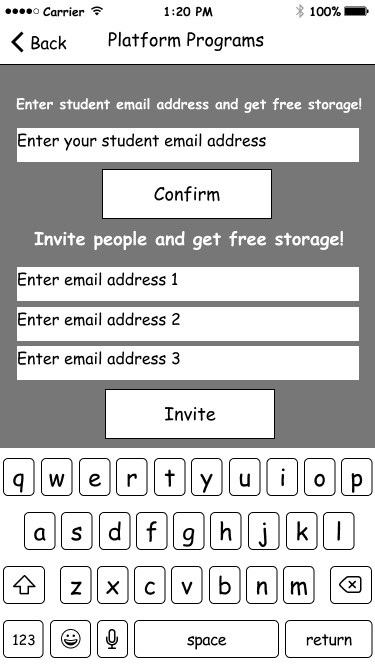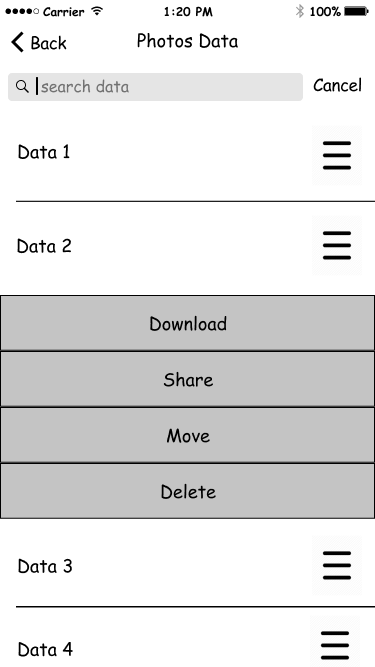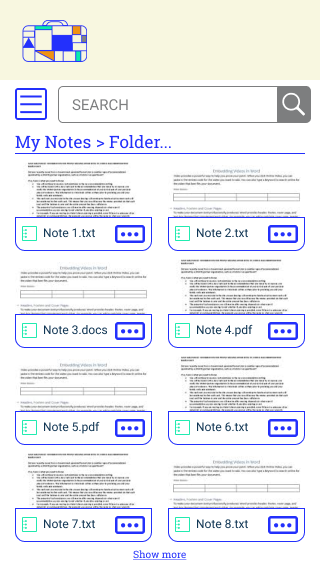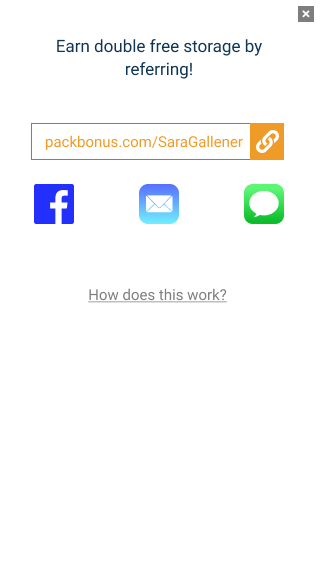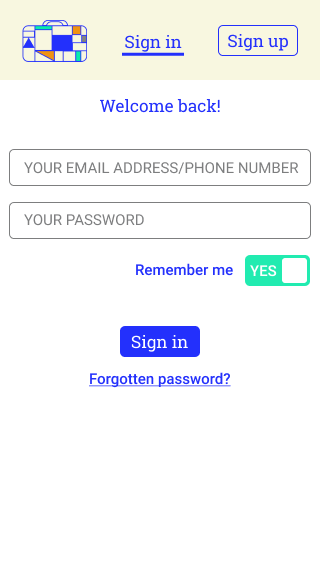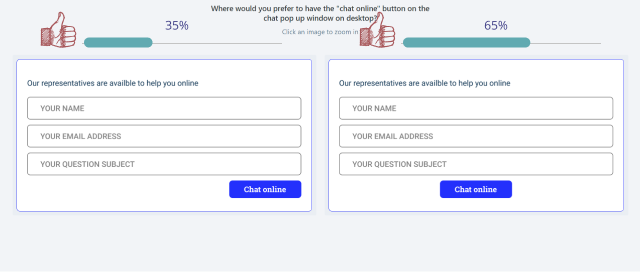UX/UI Designer 2019 – While existing cloud storage platforms primarily focus on businesses, Pack recognizes the growing demand for affordable personal data storage. With lower costs and a comfortable user experience, Pack fills the gap in the market for a personal and easy-to-use platform. Students receive special incentives, but non-students also benefit from a referral program that offers free extra storage space. Pack prioritizes security and aims to continually improve based on user feedback, providing individuals with a reliable and cost-effective solution for their storage needs. Say goodbye to expensive plans and embrace Pack as the go-to option for accessible cloud storage.
Task
During the process of designing Pack, I encountered various tasks and challenges that required careful consideration and problem-solving. One of the key challenges was creating a user-friendly interface while ensuring affordability. I needed to strike a balance between simplicity and functionality to provide an intuitive experience for users. Additionally, addressing the specific needs of students while still catering to non-students presented another hurdle. I had to develop a system that offered incentives for students without excluding other users.


